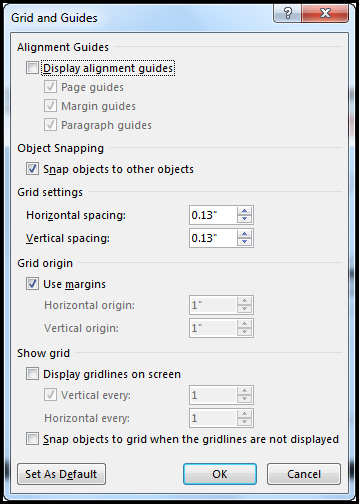
The more events you add, the more the text size will shrink. To insert extra events or deliverables on your timeline, simply press Enter after an existing milestone label inside the Text Pane. This is why I recommend leaving them as they are. You have the option of manually dragging them closer or farther from one another, but the graphic will get distorted as you add more items.

Note: Since Word is not able to automatically calculate time intervals between milestone dates, your milestones will be placed at equal distances on the timeline regardless of the number of days between them. To show a milestone’s date below or above its description, you can insert a line break using Shift + Enter.

#Rule lines microsoft word for mac 2010 update#
You’ll find that it makes it much easier to update the default graphic than entering your data directly in the input fields on the timeline.Įnter your milestone dates and descriptions inside the Text Pane - the graphic will be automatically updated. Once Word has generated your basic timeline, open the Text Pane by clicking on whichever of the two areas bordered in the image below. If you want to try out different layouts for your timeline, you can always change the style and colors from the SmartArt Tools Design tab on the ribbon. You have a variety of options to choose from, but for a simple timeline that shows the main milestones of a project, I’d recommend going with the Basic Timeline, which you can see bordered below. Select the Process category within the window that pops up and pick the graphic type that you want to use for your Word timeline. Select the Insert tab and click on the SmartArt button in the Illustrations section. To do so, go to the Layout tab on the Word ribbon and click on Orientation. Open a new Word document and change the page orientation from Portrait to Landscape, which will make room for more items to be placed on the timeline. Select the paragraphs then choose Numbering to make a numbered list.How to make a timeline in Word 1. It’s not a good workaround but it’s what Microsoft leaves us with. The workaround is to use numbered lists instead. There’s no direct option for paragraph numbering in Word that works similarly to the line numbering feature.

It’s common to find draft documents with paragraphs numbered so that people can refer to each by that number (“We mention government oversight in paragraphs 6, 7, 9 and 12”). Since there’s line numbering in Word, you’d expect to also find a paragraph numbering option. These samples are usually formatted with a special style (fixed space font, indent and a special color) to which automatic line numbering would be very useful. That’s a curious omission since Microsoft developers themselves should be aware of one common use for line numbering – in samples of computer code. However styles can’t enable the line numbering in the first place. You can use a style to suppress line numbering at Format Paragraph | Line and Page Breaks | Formatting Exceptions | Suppress Line Numbers. You have to choose ‘All Styles’ to see the Line Number style and modify it.Ĭuriously, line numbering itself isn’t a formatting option in Paragraph styles.

It doesn’t show up in the ‘In use’ or ‘In current document’ style lists even when it’s being used in the document. Line Number is one of those annoying hidden Word styles.


 0 kommentar(er)
0 kommentar(er)
